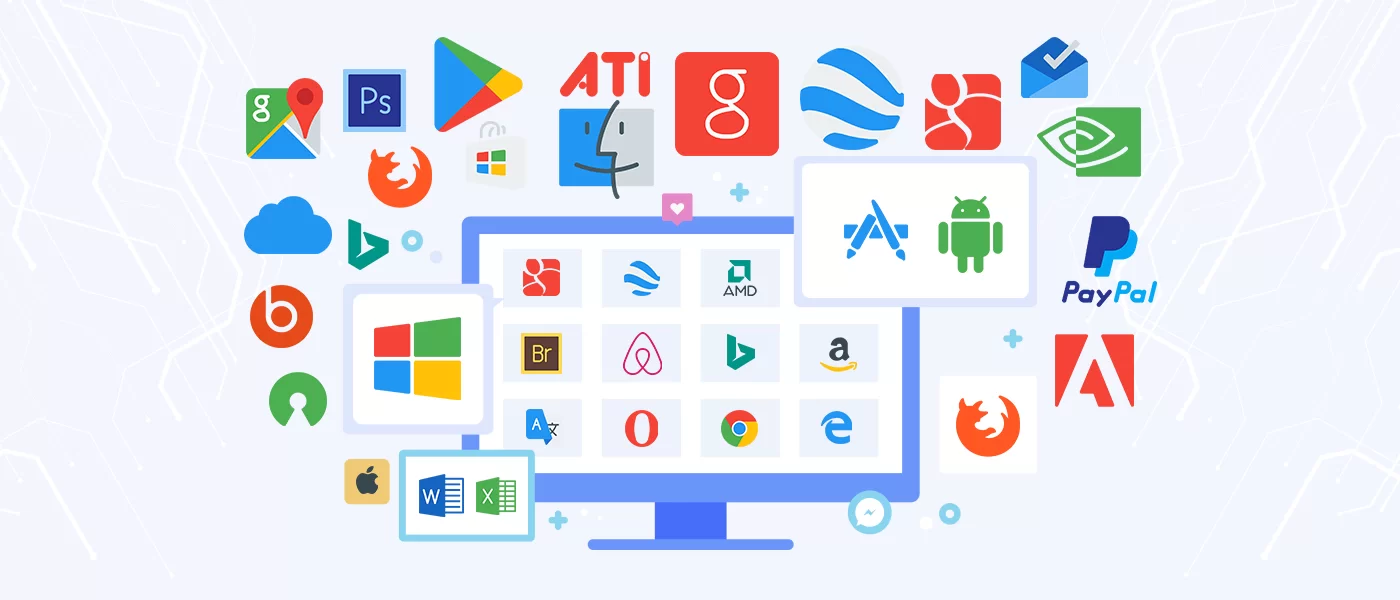The global software market is characterized by a level of competitive intensity and complexity that is unparalleled in most other industries. Competition is not a monolithic concept but a multi-layered phenomenon that unfolds across numerous fronts, from direct, feature-for-feature rivalries in specific application categories to epic, ecosystem-level battles between massive technology platforms. The high margins, scalability, and strategic importance of software have created a hyper-competitive environment where the stakes are immense and the pace of innovation is relentless. Understanding these competitive dynamics is crucial for any stakeholder, as they dictate pricing strategies, product roadmaps, M&A activity, and the overall trajectory of the industry. The nature of competition has fundamentally shifted from a product-centric view to a platform- and ecosystem-centric one, where the ability to integrate, partner, and foster a developer community is often as important as the core software itself.
A deep analysis of the Software Market Competition highlights several key battlegrounds where this rivalry is most intense. The most significant is arguably the cloud infrastructure space, where the "big three"—AWS, Microsoft Azure, and Google Cloud—are locked in a fierce competition for market share in IaaS and PaaS, competing on price, performance, and the breadth of their service offerings, particularly in high-value areas like AI and data analytics. In the enterprise application arena, there is intense competition in categories like CRM, where Salesforce faces growing challenges from Microsoft, Oracle, and SAP, and in the collaboration space, where Microsoft Teams, Slack (owned by Salesforce), and Zoom are vying for dominance in the future of work. Another critical competitive front is the developer ecosystem; companies are investing heavily in providing the best tools, APIs, and open-source frameworks to win the hearts and minds of software developers, who are increasingly influential in technology purchasing decisions. The Software Market size is projected to grow USD 2224.23 Billion by 2034, exhibiting a CAGR of 11.9% during the forecast period 2025-2034.
The strategic levers that companies are using to compete have also become more sophisticated. Pricing models have evolved from traditional perpetual licenses to complex subscription and consumption-based models, allowing for more flexible and scalable customer engagement. The strategic use of open source has become a powerful competitive tool, with companies like Google (with Kubernetes and TensorFlow) and Microsoft (with VS Code) using open-source projects to establish de facto industry standards and build a funnel for their commercial offerings. Furthermore, the ability to build and nurture a vibrant marketplace of third-party applications and integrations has become a formidable competitive moat, as seen with the Salesforce AppExchange and the Microsoft Azure Marketplace. Ultimately, competition in the modern software market is a multi-dimensional game where success depends not only on building a great product but also on creating a powerful platform, fostering a thriving ecosystem, and winning the loyalty of the developer community.
Top Trending Reports -
Threat Intelligence Security Service Market
